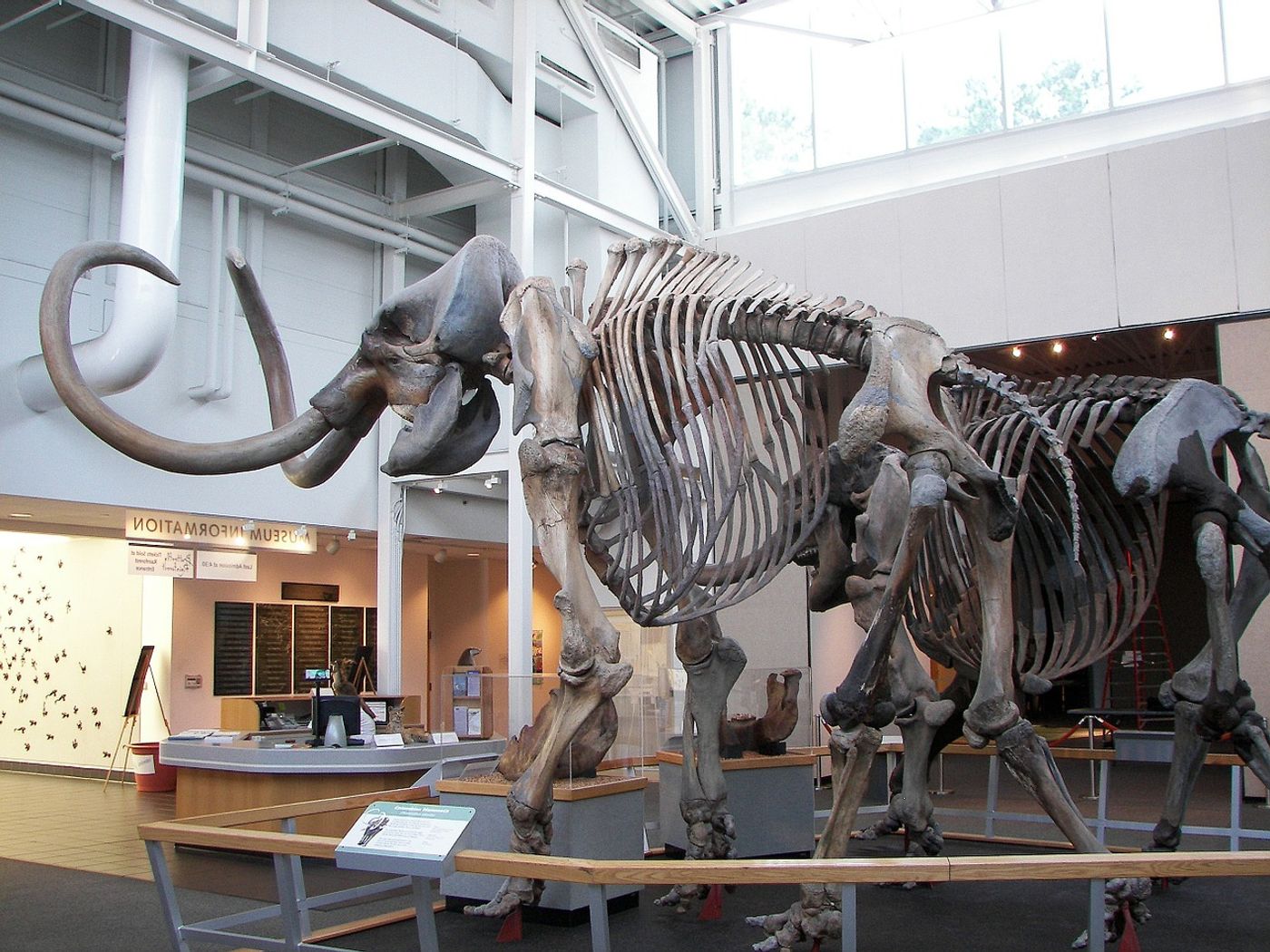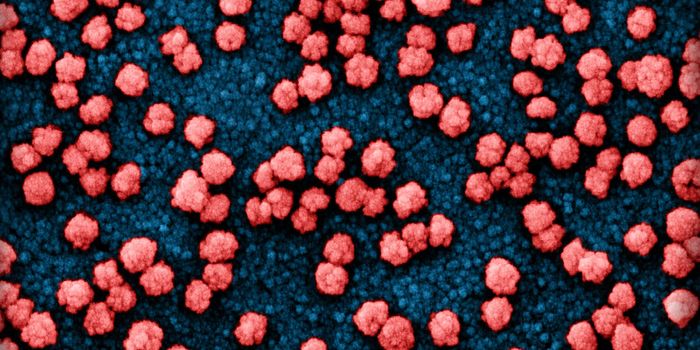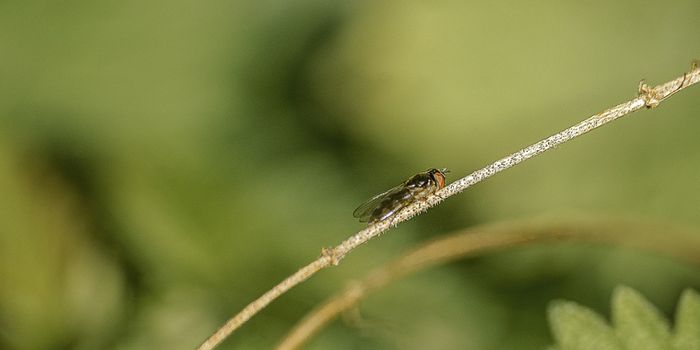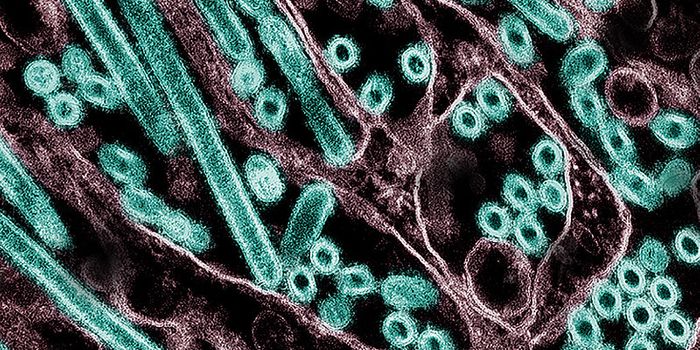The Pros and Cons of Reviving Extinct Animal Species
Many animal species involuntarily went extinct over the years, and a handful of others remaining on Earth today are facing the very real threat of extinction because of how the world is changing at the hands of mankind.
Scientists are now considering what it might take to resurrect extinct species by splicing together genes from samples of the now extinct creatures and samples from living animals that walk the Earth today.
Image Credit: northshore421c/Pixabay
On the other hand, there’s a fine line between resurrecting a species for the sake of scientific study and doing it with the intention of imposing conservation efforts for resurrected animal species. Careful consideration has been published this month in the journal Ecology & Evolution.
"De-extinction could be useful for inspiring new science and could be beneficial for conservation if we ensure it doesn't reduce existing conservation resources," said professor Hugh Possingham from the University of Queensland. "However, in general it is best if we focus on the many species that need our help now."
Ethics are involved in going about this science. By resurrecting an animal species, we become responsible for taking care of it. If we don’t, history would just repeat itself and the animal would die off again, resulting in wasted time and resources. We would have to allocate some of our current conservation resources for the cause to prevent it from happening again.
This is where a big part of the problem lies. We have resources already dedicated to protecting extant species from extinction, and resurrecting more animals to protect puts even more work on conservationists’ plates. This means sacrifices will have to be made on the watch of extant animals to care for resurrected ones, which could lead to a loss in net biodiversity.
With all of the cons that seem to stem from this idea, does this mean de-extinction is off the table completely? Scientists say not necessarily.
If the practice can be conducted with private funding in such a way that it doesn’t interfere with current efforts for protecting modern animals in need of help, then it could be a fascinating science that could actually help our net biodiversity instead of hurt it.
For that to happen, we have to maintain protecting the animals that need our help today while simultaneously babying along any species that we resurrect. This means carefully choosing the animals we want to resurrect and where such that they don’t disturb efforts for other creatures.
The technology to resurrect extinct species isn’t quite in mankind’s grasp yet, but it’s just around the corner. When it arrives, the science will come with a responsibility to tackle these very real concerns before we ever kick it into full-swing.
It should be interesting to see whether or not science can work to resurrect lost creatures without impacting those that are already facing trouble amid a changing planet.
Source: New York Times, Science Daily









